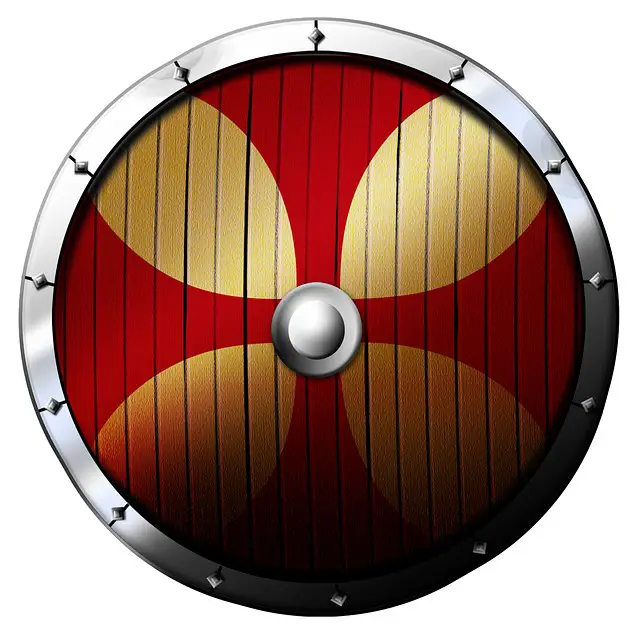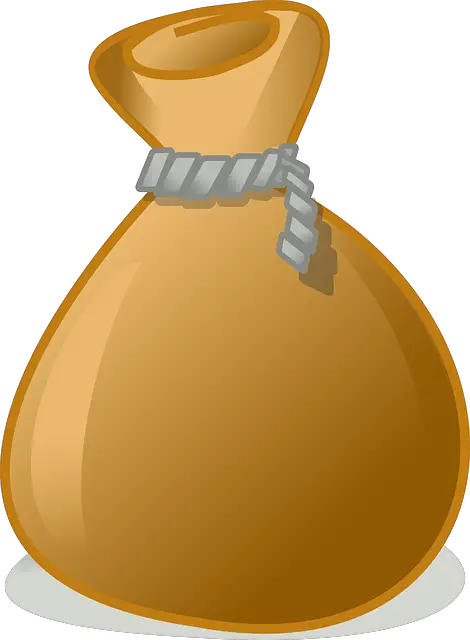Spartacus
 Biography: Spartacus was a Thracian man known for his involvement in the slave uprising or The Third Servile War (73-71 BC). Details about his early life are at best sketchy. While some historians claim that he was once a Roman soldier who was imprisoned after he tried to desert, many believe that he was a thief and was arrested by Roman legions and then sold as a slave.
Biography: Spartacus was a Thracian man known for his involvement in the slave uprising or The Third Servile War (73-71 BC). Details about his early life are at best sketchy. While some historians claim that he was once a Roman soldier who was imprisoned after he tried to desert, many believe that he was a thief and was arrested by Roman legions and then sold as a slave.

Life as a Gladiator: Spartacus was bought by Lentulus Batiatus, a Gladiator School (ludus) owner in Roman city of Capua. His bravery and skills as a gladiator won him many admirers. He participated in many gladiator fights and fought both gladiators and ferocious wild animals. Life in the ludus was difficult and tough for Spartacus. He despised the way slaves were treated by their wealthy Roman owners and planned to escape from slavery.

Escape: In 73 BC, Spartacus and 70 other gladiators escaped from the ludus after fighting their way out. They used kitchen implements to fight guards. They seized weapons from their school and plundered area around Capua and many more slaves joined this group. They even defeated a small force of Roman soldiers and retreated to Mount Vesuvius and encamped there. This force chose Spartacus and his fellow gladiators Oenomaus and Crixus as their leader. The group was later also joined by Gannicus, a former freed gladiator from the same school as Spartacus.

Skirmishes with Rome: Romans did not take the situation very seriously initially. They sent a small force of 3000 Roman militia under command of Claudius Glaber. While Glaber encircled the fugitive slaves and decided to wait them out, Spartacus in a daring manner repelled down from the cliff side of Mount Vesuvius using ropes made from vines and stormed the camp of Roman Militia. They killed almost the entire Roman force. Their bravado made many more slaves and shepherds from the region join slave force and soon their number swelled to almost 70,000. Romans sent a few more contingents who met the same fate at the hands of Spartacus and his men.

Slave Army Gains Strength: Buoyed by their military success, the slave force started to raid nearby areas and armed and trained themselves during the periods of no clash. Roman senate was soon aware of the seriousness of the situation and sent legions to quell the rebels in the spring of 72 BC. The legions initially succeeded in a battle against slave forces led by Crixus but were soon defeated by Spartacus led forces.

Final Showdown: The continued success of slave army greatly distressed Roman senate. They made Marcus Crassus responsible for defeating this rebellion and made him commander of a 40,000 strong Roman army. Crassus and his men fought a series of battles against Spartacus’ army. After a few initial setbacks, Romans started to gain an upper hand over slave army and Spartacus was pushed further south. By the end of 71 BC Spartacus was left with very few men from his once large army. Crassus and his army were reinforced by legions of Pompey the Great and that reinforcement hastened the proceedings of war.

 End of Spartacus: Before fighting Romans for one last time, Spartacus tried to escape to Sicily but was betrayed by Sicilian pirates, who despite receiving payment from him abandoned Spartacus and his men. Spartacus faced Roman legions in his final battle along the bank of river Sele in Senerchia territory (present day Italy) in 71 BC. He is believed to have been killed in the ensuing battle. At the end of battle Roman army captured more than 6000 members of revolting force and brutally crucified them along the ‘Appian Way’ from Rome to Capua. Crassus and Pompey were rewarded for their role in quashing the slave revolt and in 70 BC, both were made ‘Consuls’.
End of Spartacus: Before fighting Romans for one last time, Spartacus tried to escape to Sicily but was betrayed by Sicilian pirates, who despite receiving payment from him abandoned Spartacus and his men. Spartacus faced Roman legions in his final battle along the bank of river Sele in Senerchia territory (present day Italy) in 71 BC. He is believed to have been killed in the ensuing battle. At the end of battle Roman army captured more than 6000 members of revolting force and brutally crucified them along the ‘Appian Way’ from Rome to Capua. Crassus and Pompey were rewarded for their role in quashing the slave revolt and in 70 BC, both were made ‘Consuls’.



